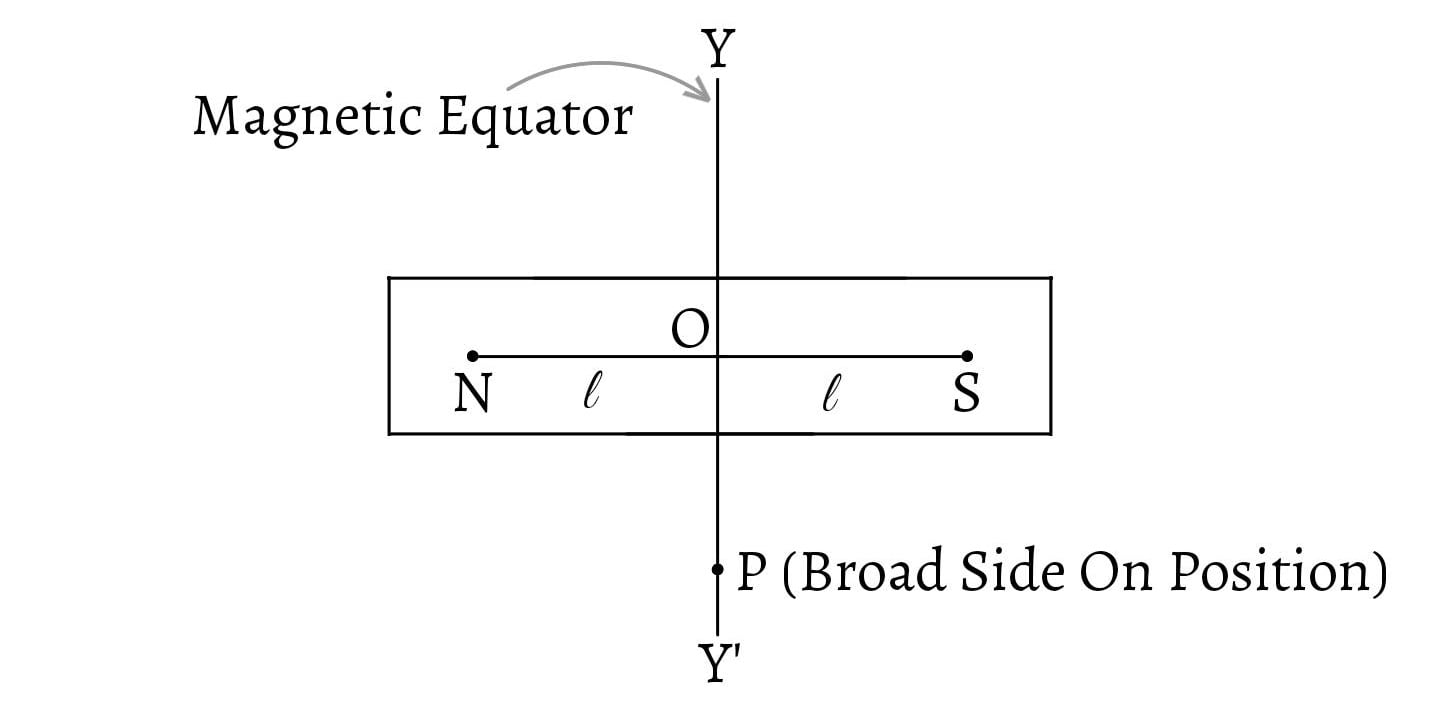Any substance which is affected by a magnetic field is a magnetic substance. Faraday announced that every substance in the universe is a magnetic substance. So, all materials are classified into some categories. The classification is based on the magnetic dipole moment of atoms of the substance and on the interactions among the atoms.
Ferromagnetic Substance
Ferromagnetic substance is highly magnetized in a magnetic field. Ferromagnetic substance is that magnetic substance which, when placed in a magnetic field, is strongly attracted from weaker field to the stronger field.
The examples of ferromagnetic substances are Fe, Co, Ni and their alloys such as cobalt steel, chromium steel, alnico, etc. Gadolinium and dysprosium are ferromagnetic at low temperature. Compounds such as CrO2 used in magnetic tap recordings are ferromagnetic substances although neither chromium nor oxygen is ferromagnetic.
Properties of Ferromagnetic Substance
- Ferromagnetic substance is strongly attracted by a magnet from weaker field to stronger field.
- It is only solid.
- It is aligned in the direction of magnetic field when placed in a magnetic field.
- Since it is magnetized in same direction to applied field, it has positive and very high value of intensity of magnetization.
- Its magnetic induction $(B)$ is much greater than magnetizing field strength $(H)$, $B>>H$.
- Its relative permeability $μ_r$ is very high, in the order of $10^2$ or $10^3$. So, a ferromagnetic substance such as iron is strongly magnetized from the field of a bar magnet.
- Its susceptibility is positive and very high, and varies with applied field.
- In a magnetic field, maximum magnetic field lines pass through magnetic substance i.e. flux density inside the material is very high.
- It depends highly on temperature. A ferromagnetic substance loses its ferromagnetic properties with rise in temperature. A temperature will come when ferromagnetic properties disappear and paramagnetic properties come in the substance. This particular temperature at which ferromagnetic substance loses its ferromagnetism and becomes paramagnetic is called Curie temperature or Curie point. Curie point of iron is $760°C$, nickel is $356°C$ and gadolinium is $16°C$.
- Hysteresis, residual magnetism, coercive force etc are found only in this substance.
Paramagnetic Substance
Paramagnetic substance is weakly magnetized in the same direction of applied magnetic field. Paramagnetic substance is that magnetic substance which, when placed in a magnetic field, is feebly attracted from the weaker magnetic field to the stronger magnetic field.
Examples of paramagnetic substances are Al, Mn, Ag, O2, solutions of ferromagnetic compounds, alkali and alkaline earth metals, rare earth metals, etc. Atoms of paramagnetic materials have permanent magnetic moments. These moments interact weakly with each other and orient randomly in different directions. When an external field is applied to the substance, its atomic moments tend to line up with the field.
Properties of Paramagnetic Substance
- Paramagnetic substance is feebly attracted by a magnet from weaker field to stronger field.
- It is found in solid, liquid and gas.
- It is aligned in the direction of magnetic field when placed in the field.
- As it is weakly magnetized in same direction to the applied field, it has small positive value of intensity of magnetization.
- The relative permeability $μ_r$ is nearly unity that ranges from $1.00001$ to $1.003$.
- Its susceptibility is less than $1$ $(χ < 1)$, but it is positive.
- Its magnetic induction $(B)$ is greater than magnetizing field strength $(H)$, $B>H$.
- In a magnetic field, more magnetic field lines pass through the substance and few lines are outside of the substance i.e. the magnetic flux density inside the paramagnetic substance is less with respect to the ferromagnetic substance.
- It depends upon temperature and obeys Curie’s Law. The thermal motion of atoms in a paramagnetic material tends to disturb the alignment of the magnetic moments and randomize them. As a result, the intensity of magnetization decreases with increasing temperature. So, magnetic susceptibility is inversely proportional to the absolute temperature. \[χ∝\frac{1}{T}\] This relation is known as Curie’s law, discovered by Pierre Curie in 1895. \[\therefore χ=\frac{C}{T}\] Where, $C$ is a constant called Curie constant whose value is different for different materials. And, the intensity of magnetization is \[I=\frac{CB_o}{T}\]
Diamagnetic Substance
Diamagnetic substance is weakly repelled by a magnet. Diamagnetic substance is that magnetic substance which, when placed in a magnetic field, is feebly repelled from stronger magnetic field to weaker magnetic field.
Examples of diamagnetic substances are P, H2O, H2, N2, brass, Sb, As, Cu, Zn, gold, bismuth, alcohol, mercury, all gases except O2 etc. Diamagnetism is a natural reaction to the applied magnetic field. Hence, it is present in all materials.
The magnetic moment of atoms of a diamagnetic material is zero. But when the material is placed in an external magnetic field, the atoms acquire induced dipole moments. So, the magnetization in a diamagnetic material always opposes the magnetic field.
Properties of Diamagnetic Substance
- Diamagnetic substance is feebly repelled by a magnet and tends to move from stronger magnetic field to weaker field.
- It is found in solid, liquid and gas.
- It is aligned perpendicular to the direction of magnetic field when placed in magnetic field.
- Since magnetization is opposite in direction to the applied magnetic field, it has small value of intensity of magnetization.
- Its relative permeability $μ_r$ is slightly less than one $(μ_r < 1)$ but it is positive. It ranges from $0.9999$ to $0.99999$ for solids and liquids.
- Its susceptibility is much less than one $(χ << 1)$ and it is negative, it ranges from $-10^{-6}$ to $-10^{-5}$.
- Its magnetic induction $(B)$ is less than magnetizing field strength $(H)$, $B<H$.
- Almost maximum magnetic field lines pass out of the substance i.e. the magnetic flux density inside the material is less than outside.
- It does not depend upon temperature.
More on Magnetism






